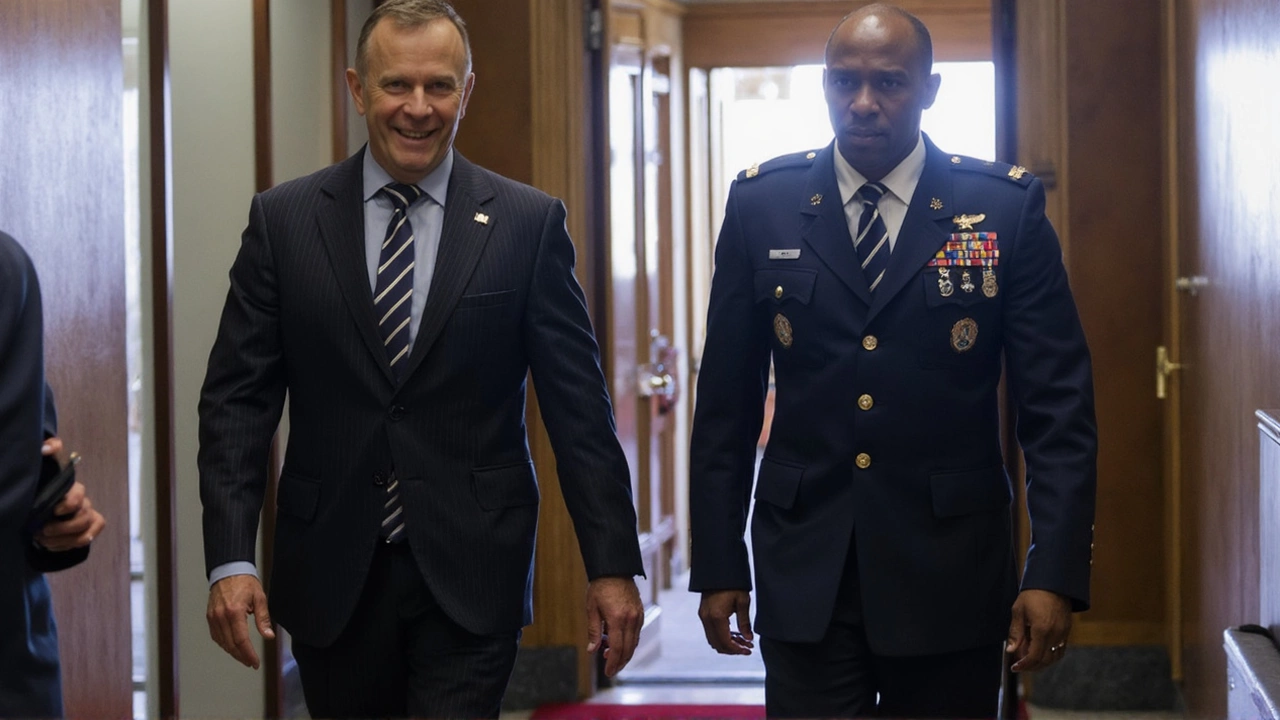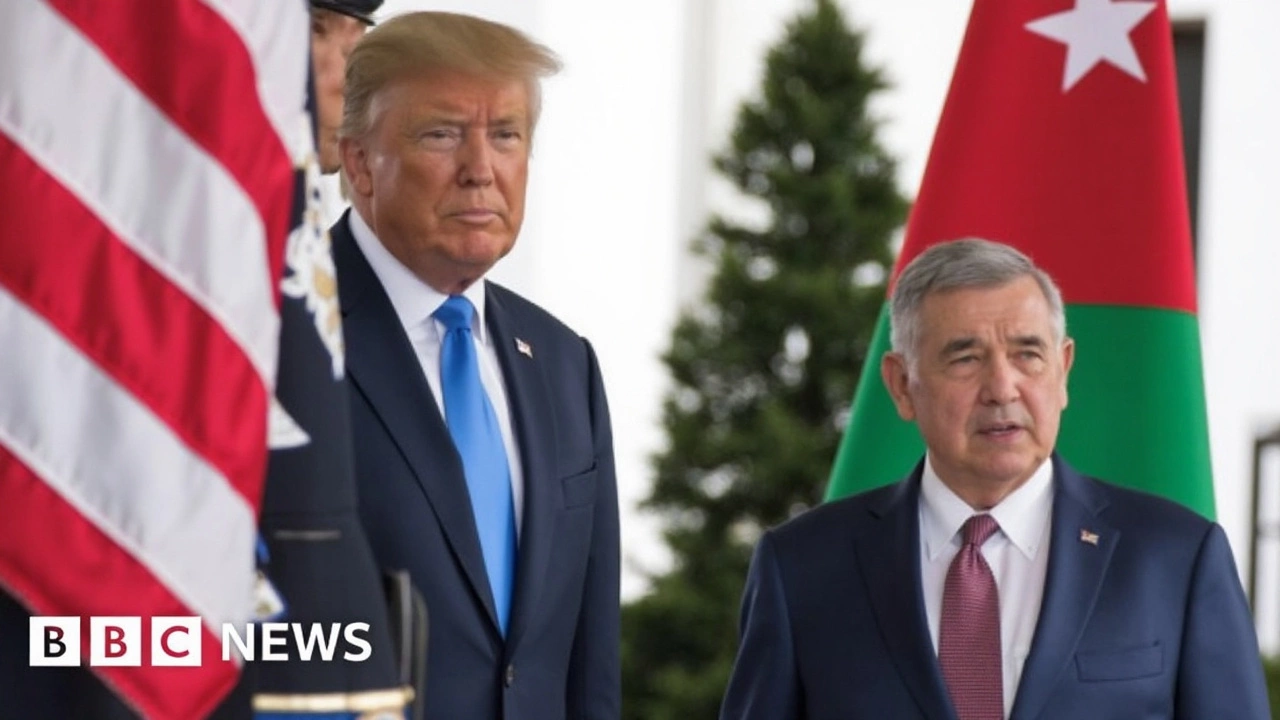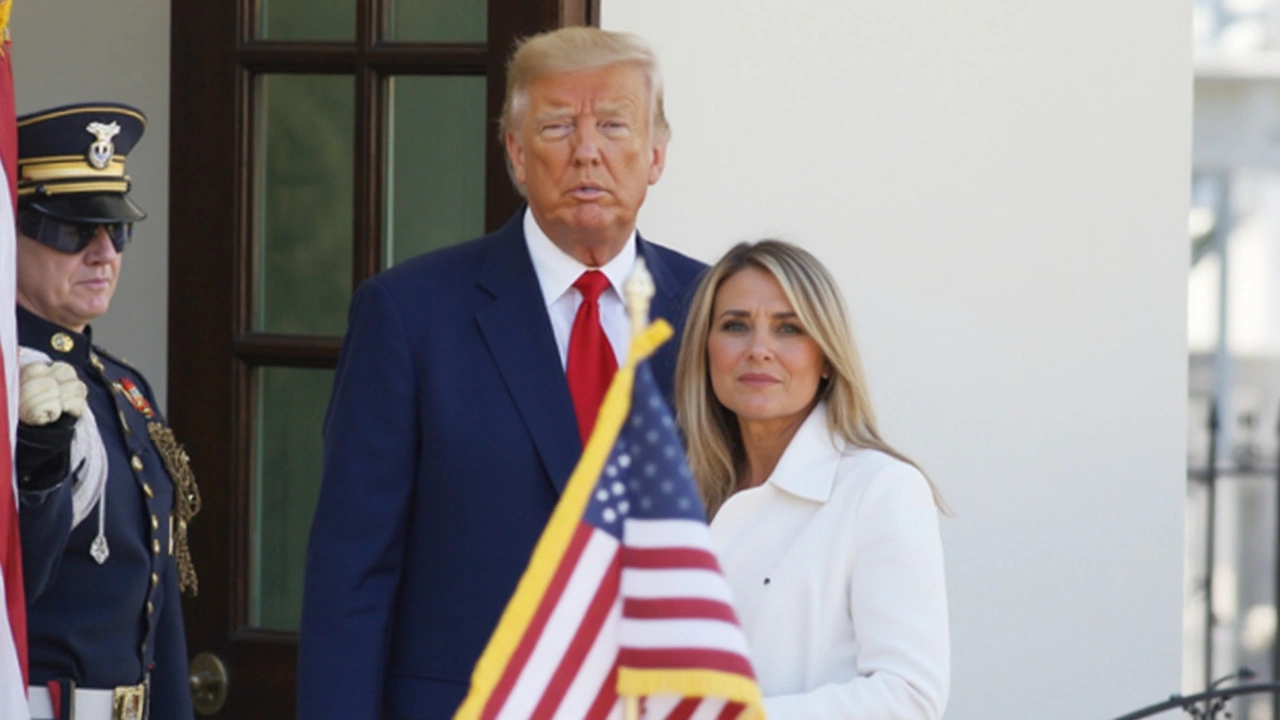Trump Draws a Firm Line: Crimea and NATO Off the Table for Ukraine
Donald Trump didn’t leave much to guesswork this weekend. Just before a pivotal White House summit with Ukraine’s President Volodymyr Zelensky and a lineup of key European allies, he went on Truth Social to say—loud and clear—that Ukraine wouldn’t be getting Crimea back, and NATO membership is not in the cards. His comments landed like a thunderclap in diplomatic circles and set the stage for a meeting already charged with tension and history.
Trump’s post didn’t just echo his own views—it slammed the door on two of Ukraine’s top priorities. "No getting back Obama given Crimea (12 years ago, without a shot being fired!), and NO GOING INTO NATO BY UKRAINE," he wrote. And it didn’t stop there; he put the spotlight on Zelensky, saying Ukraine’s leader could "end the war with Russia almost immediately, if he wants to, or he can continue to fight." Many read this as Trump placing the responsibility for peace—not on Moscow, but on Kyiv.
This hard line comes against the backdrop of Trump’s recent face-to-face with Russian President Vladimir Putin, this time in Alaska. That encounter underscored the new diplomatic direction Washington seems headed: one that lines up more with Russian objectives than with Ukraine’s hopes. The White House has quietly labeled Ukraine’s ambitions to get back pre-2014 borders as "unrealistic," signaling a willingness to accept Russia's annexation of Crimea—and to keep Ukraine out of the NATO camp altogether.
The historical record complicates Trump’s claims. While he said the 2014 Russian takeover of Crimea happened "without a shot being fired," witnesses and reports tell a different story. Ukrainian military personnel, including Warrant Officer Serhii Kokurin, were killed during the action. Still, the former president’s narrative downplays these casualties and positions the Obama administration as having handed over Crimea without a fight—rhetoric that hits political nerves as well as diplomatic ones.
Zelensky Stands Firm, But U.S. Policy Shifts
For President Zelensky, Trump’s words are not new—but they are a blow. Zelensky has never wavered: Crimea belongs to Ukraine, and the door to NATO must stay open. But every televised Oval Office argument, every cut-and-thrust exchange, shows just how far apart Washington and Kyiv now stand. Their last major meeting, broadcast to millions, saw Trump accuse Zelensky of dragging out the conflict and threaten to pull U.S. support. The diplomatic rift since then has only deepened.
Tomorrow’s gathering at the White House, featuring Zelensky and seven top European leaders, marks something of a crossroads. It's a show of diplomatic muscle for Trump, who’s out to prove he can rally Europe for a new settlement—even as U.S. policy pulls closer to Moscow’s demands. For Ukraine, the stakes couldn’t be higher. Every proposal, every offhand remark, could steer the course of a war that’s cost thousands of lives and driven millions from their homes.
The meeting’s outcome is far from certain. Trump’s stance has put pressure on European leaders, some of whom are wary about endorsing a peace deal that leaves Crimea in Russian hands or blocks Ukraine from joining NATO. But as the White House rolls out the red carpet, all eyes will be on whether Zelensky decides to challenge Trump face-to-face, double down on Ukraine’s position, or look for some new path through a landscape that’s shifted—possibly for good.
One thing’s for sure: this White House summit isn’t business as usual. It’s a pivotal moment, one that could reshape the future for Ukraine, for Europe, and for any country caught in the gears of east-west rivalry.



